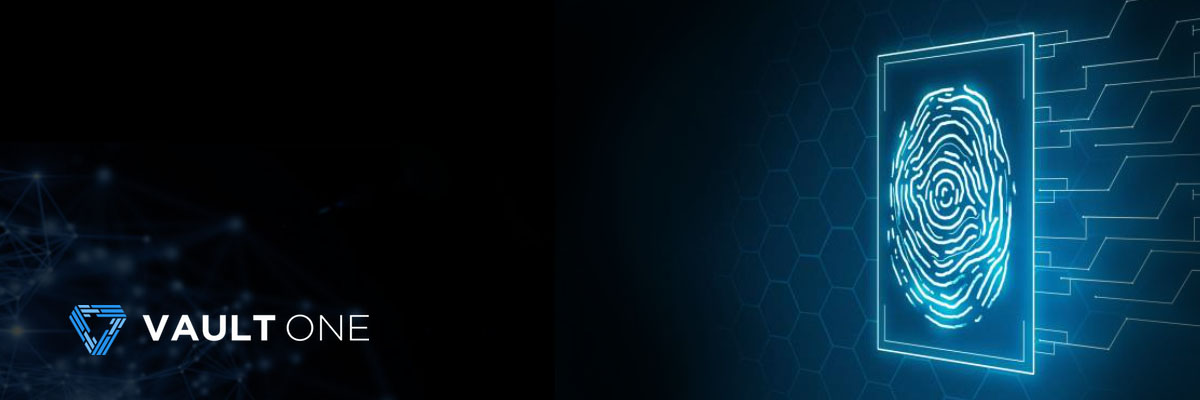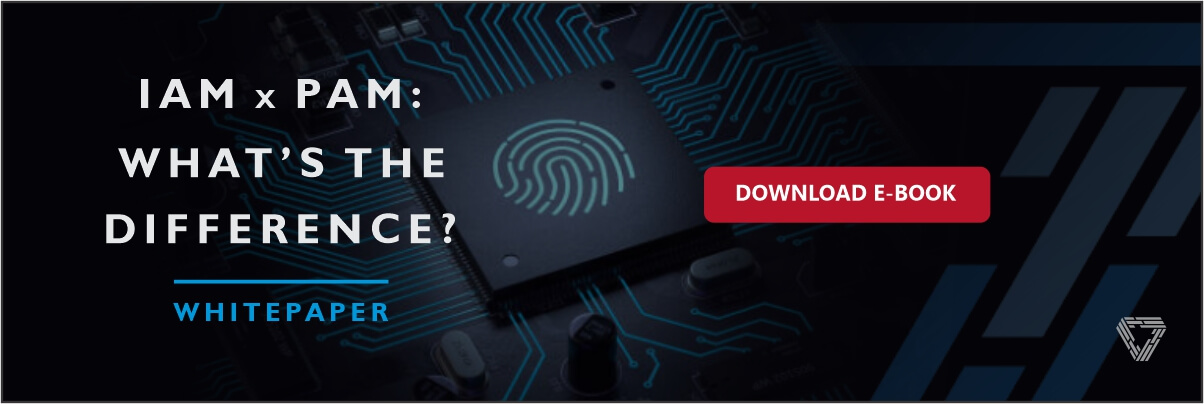Identity protection for more resilient businesses and secure access
- Updated at
- By Naty Santos
- IAM

The pandemic has accelerated digital transformation and the need for organizations to adapt to rapid technological, organizational and social changes.
The scenario favored an increase in concern with Identity Management (IAM) and Access Privilege Management (PAM).
Mainly due to the adoption of the cloud, business processes needed to become more agile and provide more productivity for companies.
As a result, it has become essential to ensure the security of all access, applications and data, and that each user has his or her appropriate level of access and authorizations.
Table of Contents
The crisis put the protection of digital identities in focus and highlighted the challenges facing Security leaders in the area, which include:
- Offering more robust validation, including more authentication factors
- Establishingmore agile authorization processes
- Managingthe impact of migration to the cloud
- Boostingautomation of IAM processes
What is a digital identity?
Digital identities are the credentials necessary for a user to access resources online or on a corporate network.
What is Identity-Oriented Security?
This concept is about protecting the digital identity and ensuring that people and entities have the correct level of access to corporate resources (privileges). This is the basic concept for making businesses more secure, agile and resilient.
Why Manage Identity?
With IAM, administrators can configure and modify user roles, track and report user activity, and apply corporate and regulatory policies to protect data security and privacy.
IAM resources
- Block and grant access: the function of the IAM is to allow or block access to applications and protected data
- Restrict access to platforms, such as software development and testing
- Prevent sharing of sensitive data:IAM can be used to increase data security by defining permissions for the data that users can create, change or deleteas well as authorize user who can transmit the data.
- Ensure compliance:IAM helps companies comply with data security and privacy regulations.
Why corporate strategies should be oriented towards Identity Protection
Executives must understand new technology and market trends that impact IAM to guide the overall strategy for investments in technology, resources and programs:
- Adapt the AMI strategy for a broader digital transformation.
- Align IAM initiatives with the organization’s security, applications, data and digital business strategies.
- Allow the business to be more agile, responsive andcustomer oriented.
- Ensure protection against growing threats, privacy and compliance regulations.
- Guide the transition from the cost center IAM to business enablement.
- Understand business requirements and results to implement the most effective technologies, standards and best practices.
- Take advantage of the best resources in the cloud and manage the complexity created by the cloud.
Do you know the difference between Identity and Access Management (IAM) and Privileged Access Management (PAM)? Do you know how these concepts can complement each other or which system you should implement first?
See how VaultOne answers these questions and more in this exclusive e-book.




